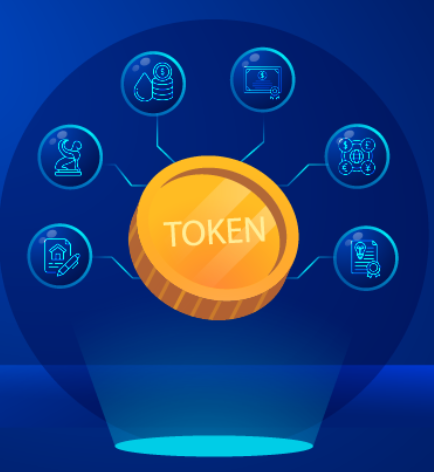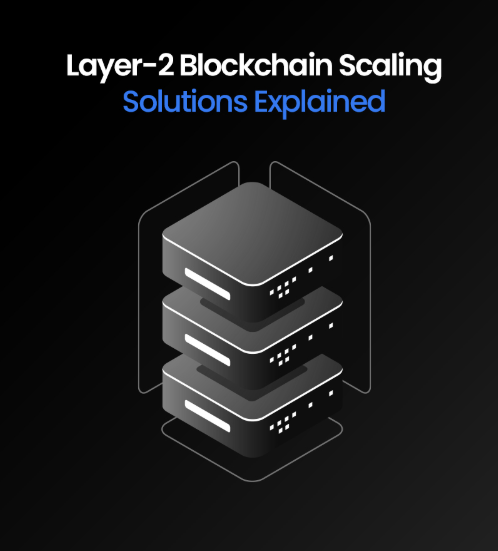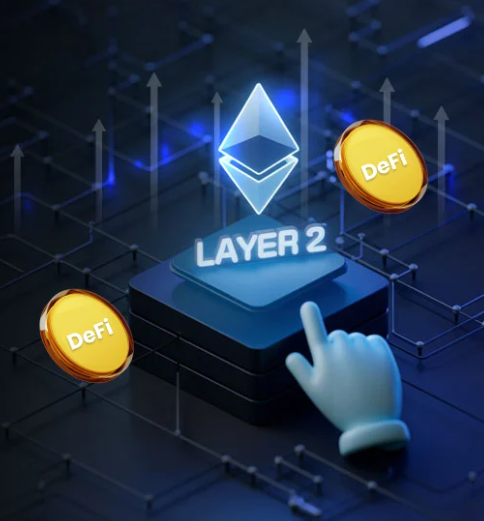
Understanding tokenomics is essential for anyone serious about investing in cryptocurrency. It combines economic principles, incentives, and protocol design, influencing how a cryptocurrency grows, operates, and sustains itself. This blog will guide founders and investors through key tokenomics concepts such as supply mechanics, emission schedules, market cap dynamics, and incentive structures—providing real-world examples to help you navigate the complexities of cryptocurrency investment.
The Importance of Tokenomics in Cryptocurrency Investment
For Web3 founders and investors, tokenomics is more than just an economic framework—it’s the foundation of a cryptocurrency’s potential. How tokens are created, distributed, and how value is captured within the ecosystem is crucial. Tokenomics impacts everything from the initial token offering to long-term sustainability and the behavior of users within the network.
As the crypto market matures and more institutional capital flows in, tokenomics has become a critical factor for success. While Bitcoin and Ethereum have set the standard for scarcity and adaptability, newer entrants like SUI and BNB are testing innovative models for value accrual and supply control. Understanding these dynamics is now essential for both attracting investment and building resilient ecosystems.
Breaking Down Tokenomics
Tokenomics refers to the economic principles that dictate how tokens are created, distributed, and derive value. It’s not just about price movements—it’s about understanding how these mechanics drive user behavior, protocol adoption, and long-term value. By analyzing a project’s market cap, supply schedule, emission rate, and utility, both investors and founders can evaluate projects on their fundamentals rather than on hype alone.
Supply Dynamics in Tokenomics
- Circulating Supply
This represents the number of tokens currently available for trading and liquidity. It’s an important metric for predicting potential price movements and market depth. For example, Ethereum’s circulating supply started small but grew rapidly as mining rewards were distributed, and later stabilized with staking rewards and fee burns. - Max Supply
Max supply is the hard limit on how many tokens will ever be issued. Bitcoin has a max supply of 21 million coins, ensuring scarcity and long-term value. In contrast, Dogecoin doesn’t have a max supply, which leads to continuous inflation and alters its investment profile. - Total Supply
This figure includes all tokens that have been created, minus those that are permanently removed from circulation (usually through burns). Total supply differs from circulating and max supply and can affect investment decisions.
Market Cap Metrics
- Market Cap vs Fully-Diluted Market Cap
Market cap is calculated by multiplying the circulating supply by the current price of the token, providing a snapshot of a cryptocurrency’s market value. The fully diluted market cap uses the total max supply for its calculation. These metrics give insight into the token’s future potential or risk of inflation.
Example: SUI launched with a fixed supply of 10 billion tokens. Its fully diluted valuation (FDV) is closely monitored to assess future inflation risks and price potential.
Strategic Approaches to Tokenomic Investment
- Analyzing Token Emission Rates
Emission rate refers to how quickly new tokens are released into the market. Bitcoin’s halving event, which reduces emission rates every four years, has historically caused supply shocks and bull markets. Projects with faster emission schedules, however, may experience rapid dilution and price pressure. - Considering Supply-Side Dynamics
Investors must watch for scheduled token unlocks, vesting cliffs, and burn events. For instance, BNB’s quarterly token burns reduce supply, supporting price stability. Conversely, projects with significant unlock events (such as early-stage DeFi projects) could face downward pressure on prices as new supply floods the market. - Evaluating Market Cap Dynamics
Comparing market cap with FDV is crucial for understanding a token’s current value versus its potential. A large FDV relative to current market cap could indicate substantial dilution ahead. Uniswap’s UNI token, for example, has a significant portion of its supply yet to be unlocked, so investors track both metrics to anticipate future supply shocks.
Practical Insights for Cryptocurrency Investment
Realistic Price Forecasting
Forecasting cryptocurrency prices requires an understanding of both market cap and supply. For tokens with large circulating supplies but no max supply limit (like Ethereum pre-EIP-1559), sustaining price increases requires proportional demand growth. After the Ethereum 2.0 merge, Ethereum’s supply has decreased by over 300,000 ETH, creating a deflationary environment that supports long-term value.
Utilizing Tokenomics Resources
Platforms like CoinMarketCap and CoinGecko offer essential tokenomics data, including supply schedules, market cap, and upcoming unlock events. These tools are invaluable for investors who want to look beyond price trends and understand the fundamental forces driving token value.
Real-World Examples of Tokenomics in Leading Cryptocurrencies
- Bitcoin (BTC)
Bitcoin’s tokenomics are defined by its fixed supply of 21 million coins and its halving emission schedule, which reduces new BTC issuance by 50% every four years. This scarcity model has contributed to Bitcoin’s long-term value. - Binance Coin (BNB)
BNB initially had a fixed supply but introduced a deflationary mechanism through periodic token burns. This process reduces the overall supply, potentially increasing the value of remaining tokens. - Ethereum (ETH)
Ethereum’s tokenomics differ from Bitcoin’s in that it lacks a fixed max supply. Ethereum’s supply increases through mining but has transitioned to proof-of-stake in Ethereum 2.0, introducing staking rewards and affecting its total and circulating supplies. This evolving model highlights how tokenomics can adapt to new technological developments. - Uniswap (UNI)
Uniswap’s tokenomics emphasize decentralized governance and community involvement. UNI holders participate in governance and vote on protocol changes, while liquidity mining and fee distribution encourage active participation. The 2020 airdrop of UNI tokens set a benchmark for community engagement and transparency in token distribution.
Why Tokenomics Matters for Investors and Founders
Tokenomics is the foundation for understanding how a cryptocurrency can sustain itself over time. By analyzing incentive structures, value accrual mechanisms, and supply dynamics, investors can identify projects with strong potential for long-term success.
Key takeaways include:
- Incentives and Rewards: Well-designed tokenomics align user behavior with network growth. For example, MakerDAO’s MKR token is used for governance and ensuring the system’s stability.
- Distribution and Transparency: Projects like Arbitrum focus on fair community and ecosystem allocations, reducing centralization risks and building trust.
- Adaptability: The best tokenomics models evolve with technological advancements, as demonstrated by Ethereum’s shift to proof-of-stake and ongoing protocol upgrades.
Final Thoughts
Cryptocurrency investment through tokenomics requires a deep understanding of market dynamics, token supply, and market capitalization. By comprehending how tokenomics shapes user behavior and protocol success, investors can make confident, informed decisions. A focus on market fundamentals and real-world application will help you separate promising projects from fleeting trends.













































